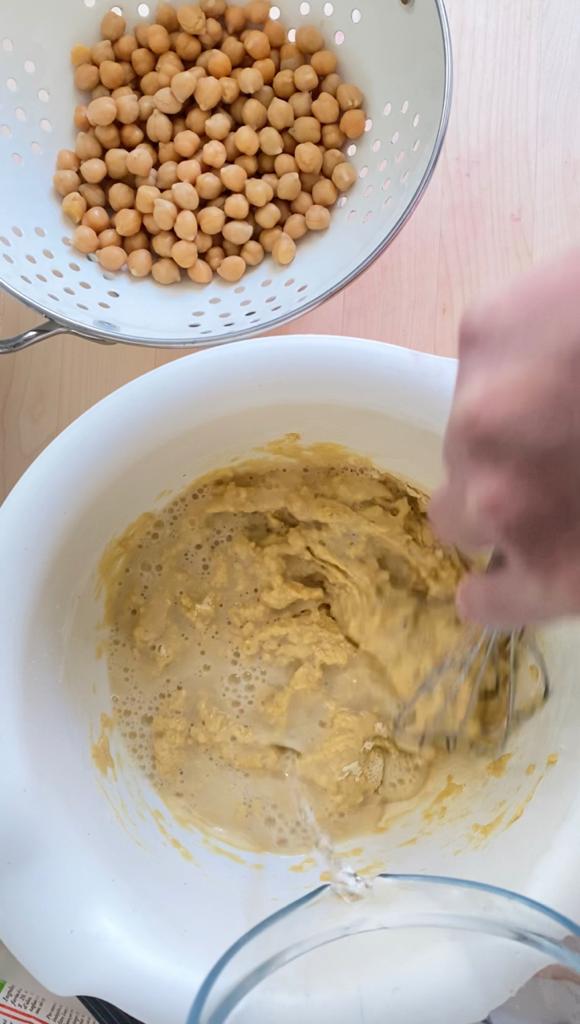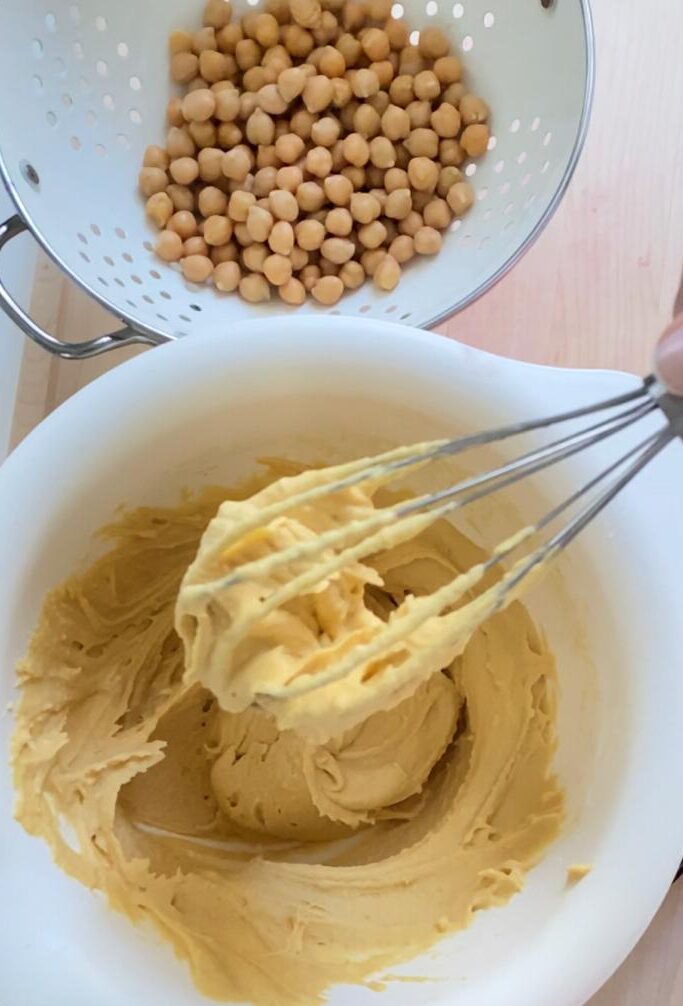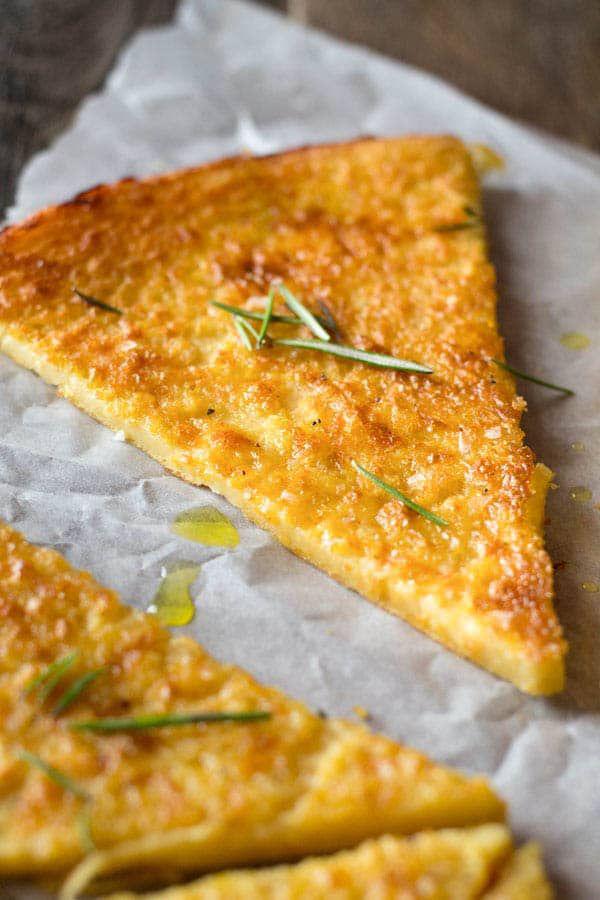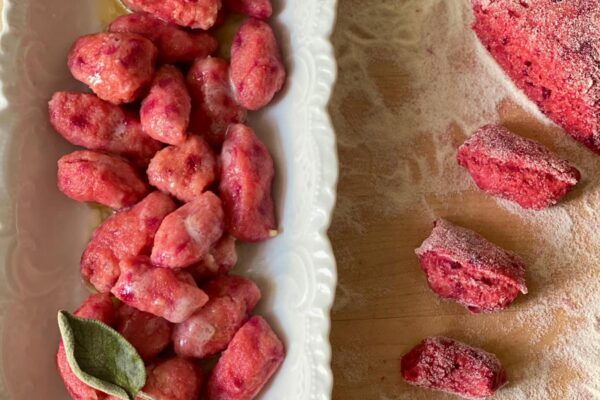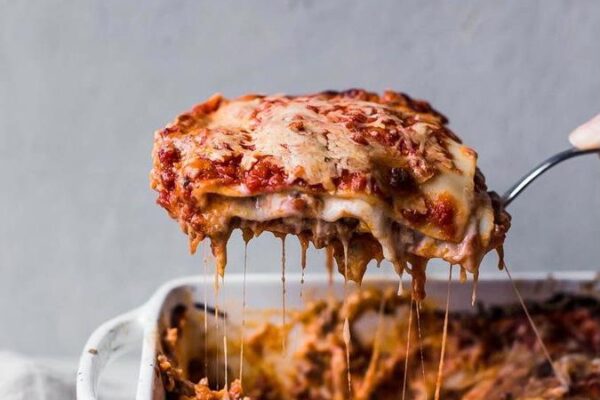Over the weekend, I was in a mood to cook something easy and with just few ingredients in the spirit of “back to the roots” as we addressed this topic in the ROOT blog of yesterday.
Yes, today we still use basic ingredients that have been few and the only ones available hundreds of years ago, when there was not much to choose and invent from.
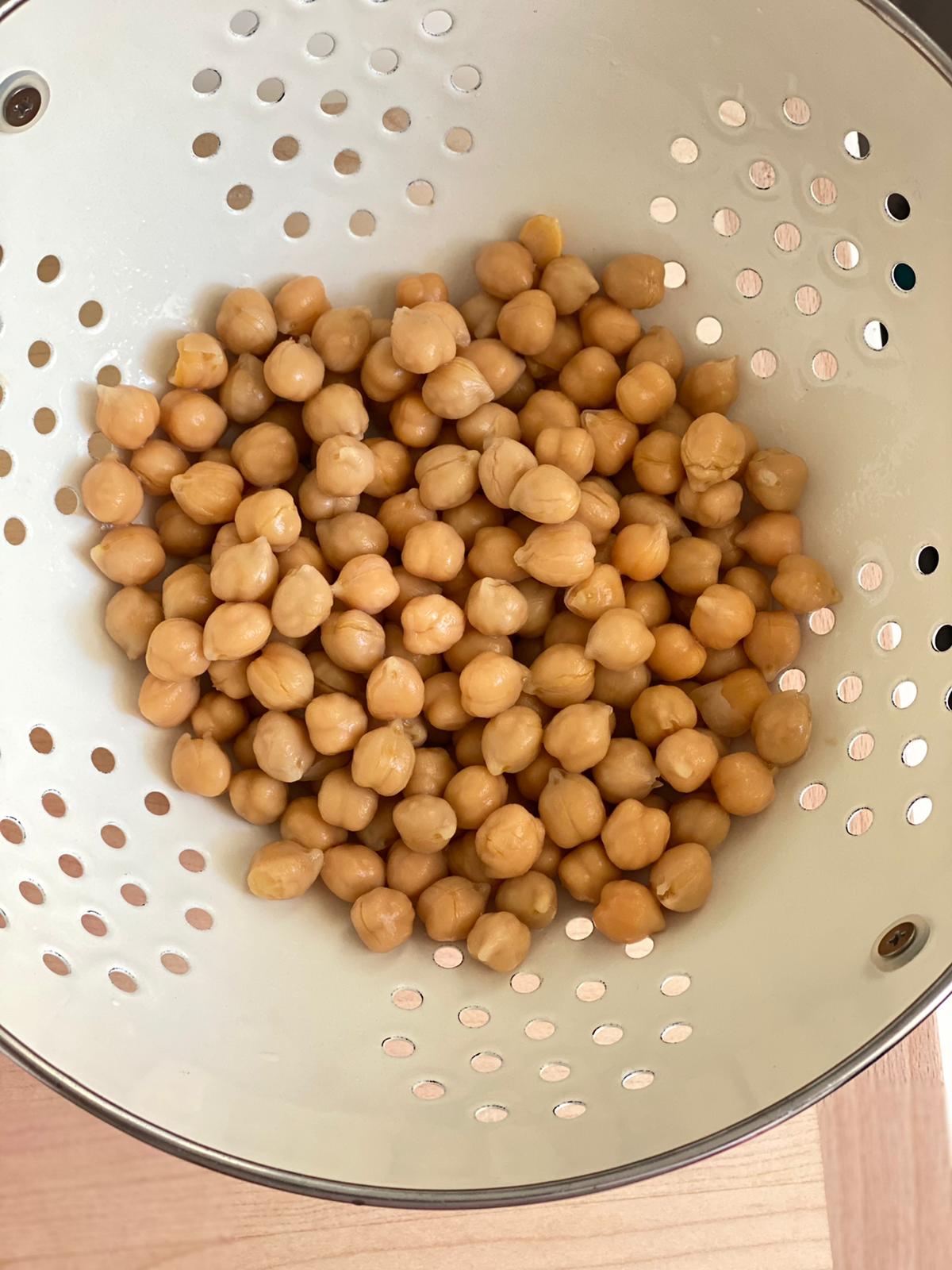
16 years in Tuscany have marked me a lot, and it is true that what we eat, taste, or what just smelled on the streets of the city in which we grew up as children, will mark our DNA.
That’s why today I wanted to take you back to my childhood, to show (and let taste) you what I’ve experienced as a little girl coming from a Czech family.
We didn’t cook Farinata at home so often, but we used to buy it in a bakery especially in winter when my parents and I wanted to go to the sea for a few hours of fresh air.
Do I need to say that the bakery on the street smelled few blocks around?
Coincidentally, the seaside town where we often went to visit our friend Giovanna is called Cecina, which takes the name from chickpeas.
Today we will prepare this low savory cake called Farinata di ceci (pronunciation farinata di ceci). The name is derived from the words “farina” (flour) and ceci (chickpeas). Personally, I consider this dish, prepared from chickpea flour, water and olive oil, to be absolutely exceptional and unique.
Farinata is a typical Italian dish, originally from Genoa (Liguria region), where it is called “fainà” in the local dialect. And since Genoa has always been an important port city, farinata could not have arisen anywhere but by the sea.
It didn’t take long for this thin delicacy to spread throughout Italy. It can be found under various names as popular “street food” in many Italian regions – Liguria (fainà, turtellassu), Piedmont (belécauda), Tuscany (cecìna, torta di ceci, torta), Sardinia (fainé) and even in France, especially on the Côte d’Azur (socca), on Gibraltar (calentita), in Argentina (la fainá) and in Uruguay (el fainá).
INGREDIENTS
-
- 300 gr chickpea flour
- 900 ml cold water
- 100 ml extra virgin olive oil
- 10 gr salt
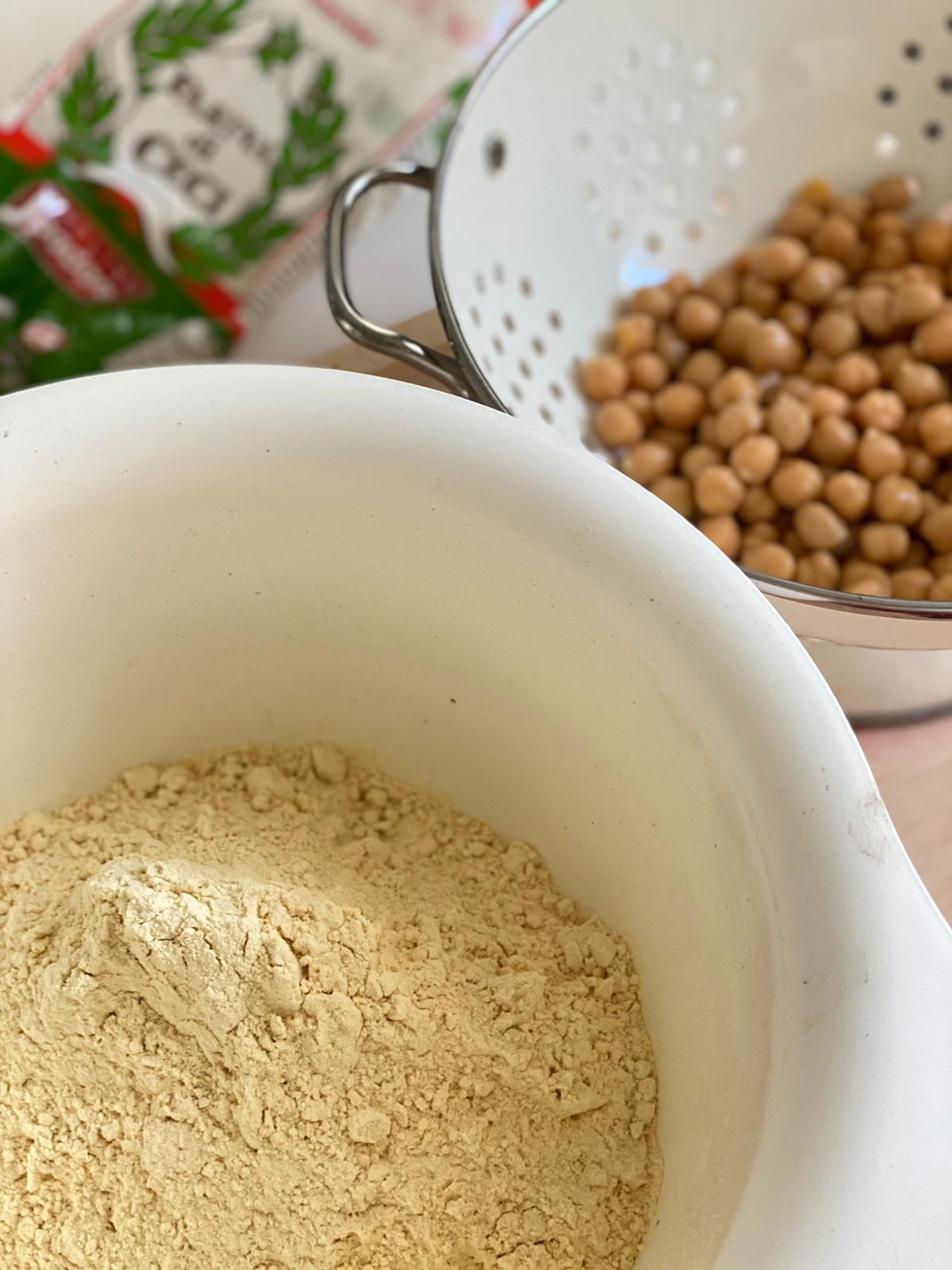
PREPARATION
Traditionally, farinata is baked at high temperatures in a wood oven and in a copper form. Its thickness should be at least 5 mm, but must not exceed 1 centimeter. At home, an electric oven and a non-stick sheet metal will be enought. Classic farinata is very rich in oil. Some recipes state up to 200 ml of olive oil per 300 grams of flour. In my opinion, 100 ml of oil is enough to get a tasty and crunchy pancake. If you want to reduce the amount of oil, I recommend lining the bottom of the baking form with a baking paper.
The recipe can be enriched and sprinkled with rosemary, onion and spring onion before baking the farinata, or spread with fresh cheese, gorgonzola, salsicca or anchovy paste in the middle of baking.
BUON APPETITO!
If you do give it a try, be sure to let me know! Leave a comment below or snap a photo & tag #monicooks on Instagram.
I LOVE hearing about & seeing your MoniCooks creations!
